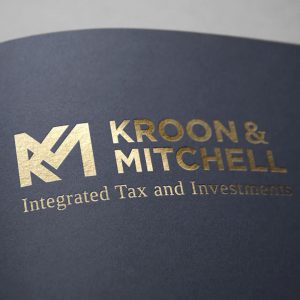Honestly, I have always felt somewhat at ease speaking in front of people. It comes from having waited tables through college. In our profession, it’s important to have the confidence to talk design, marketing, and process.
For me, Toastmasters was a challenge to write speeches and be able to deliver memorized, relevant, content to a crowd.
Doug Kliewer first introduced me to the Grand Rapids area Toastmasters. Doug is a paid keynote speaker, the author of Storytelling 2 Success: The Hero Maker Blueprint to connect faster and deeper with your clients and prospects, an award-winning and decorated Toastmaster. I was the young Padawan. He was the Jedi Master. Toastmasters always sounded interesting but I couldn’t pull the trigger at the time. When I went to see what it was about, I was hooked. The organized meetings, starting and stopping on time was great, but the stories I heard from other speeches blew me away. I have officially been a member of Toastmasters, Lunch Bunch, Club No. 6187 since May 2016. I loved it so much I signed on to be an officer holding the position of Vice President of Public Relations.
Table Topics and the first few speeches were experiments of courage and talking in front of a crowd. I blogged about Table Topics last year, (here and here). It was a real confidence booster. Basically you speak for 1.5 – 2 minutes on a randomly chosen topic. Speeches are generally 5 – 7 minutes. That doesn’t seem long at first but to making a speech meaningful, cohesive, and relevant to a crowd in 5 – 7 minutes is difficult.
Each speech is like a challenge at the gym. Speeches are projects with objectives. In the beginning it’s speaking using notes sparingly if at all. Then it’s voice inflection, descriptive wording, and editing. Later you move on to researching a topic you know nothing about. Persuasion and influence are each a topic. In 10 speeches you face a different workout challenge and it’s fun.
The hard part is writing the speech to fit the 5 – 7 minute format. Honestly I tried a few different methods.

There was the rote memorization method. This is where you deliver expressive, nearly precise passages of content, memorized word-for-word. I realized I am more expressive. I could memorized the content, but missed on memorizing well-crafted sentences back to back. It’s a great technique in writing, but it’s difficult if you don’t have a crystal clear memory. Once you miss a line it can break your stride.
There’s the conversational method. This method is great for speakers who can speak comfortably on a topic. The speaker still needs to grab the audience’s attention early on, set up the topic within the first minute, deliver 3 – 5 key points, and finally a closing statement. It’s hard to keep this speech within 5 – 7 minutes if the facts are tightly followed up in a meaningful way.
My preference: blend the two. I feel more at ease speaking naturally adding a few well-memorized passages along the way. 10 speeches gives you room to try out your style. For me, my goals was to make the topic interesting, see if I could get people to nod in agreement and occasionally laugh. It’s all part of the feedback loop. When you see you’re making a connection, it helps to ease the fear.
A note on failure. Glossophobia is the fear of public speaking. It’s common. The sentiment with Toastmasters is that you’re there to learn. The members are supportive. It’s a great opportunity to find your voice in front of crowd. So how else would you get the repetitions?
Stay tuned. Eventually, I’d like to include my speech notes. I kept them in Evernote. When they’re made ready for prime time, I’ll release them as an amendment to this post.
For now, I am 10 speeches into it and though I medaled. I plan on sticking with it. Public speaking is an art form. I’d argue that it’s a traditional human characteristic lost with the advent of mass media. Toastmasters is like a gym where you get to practice your reps. I recommend it and in fact I am happy to introduce you to a group in your area. Reach out to me if you have any questions.




